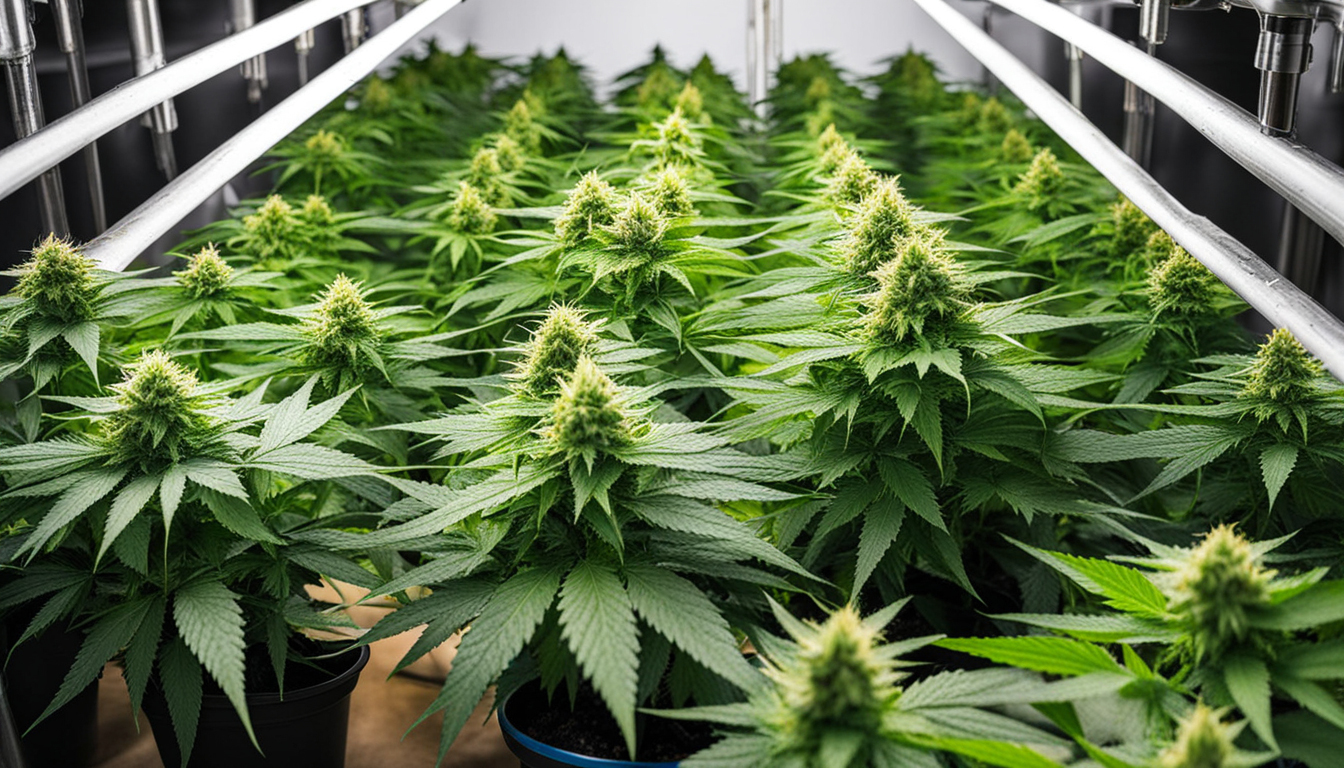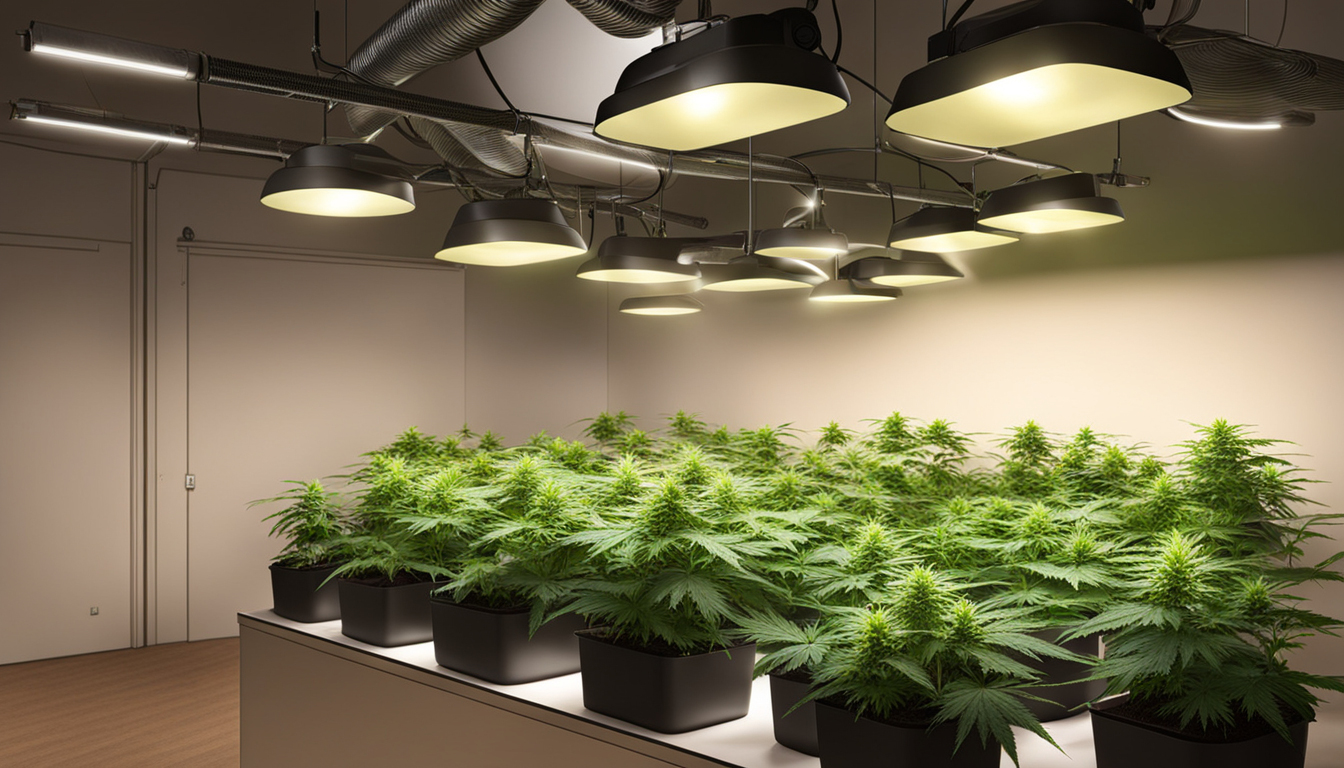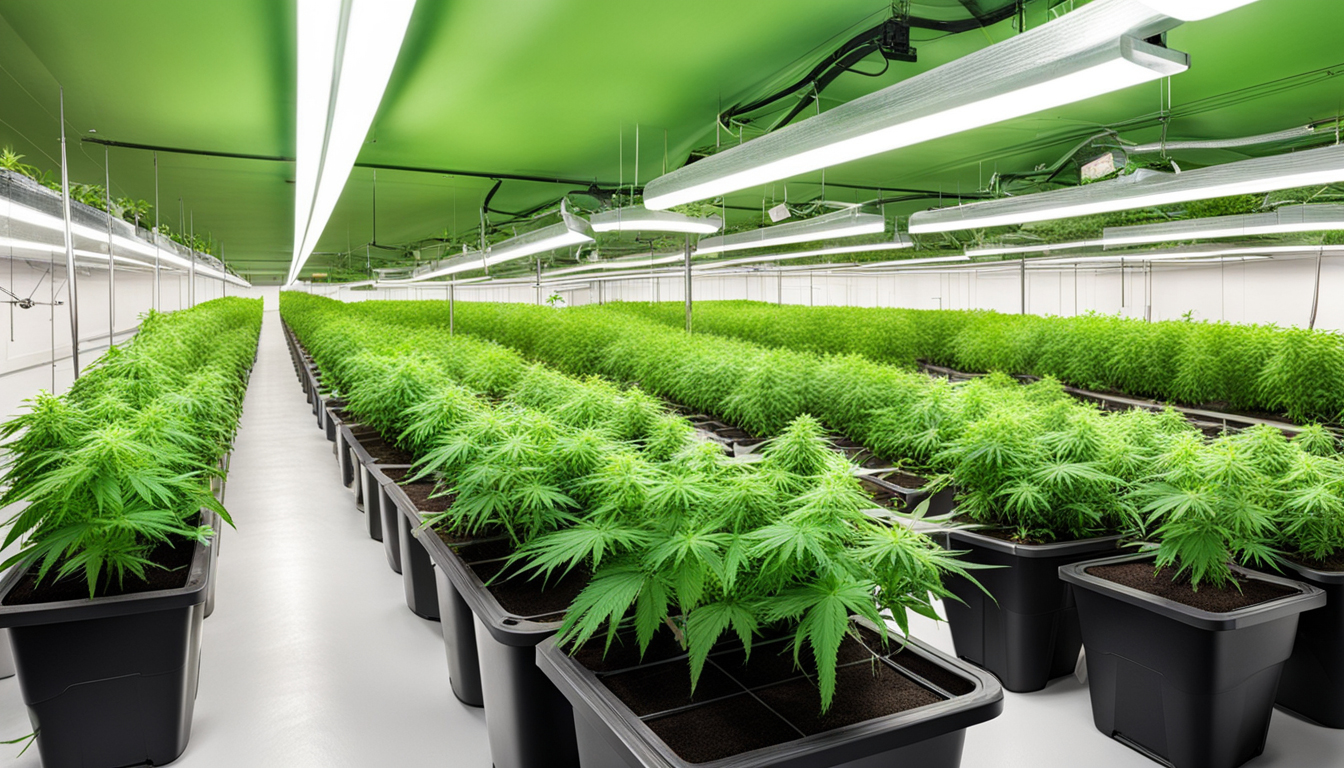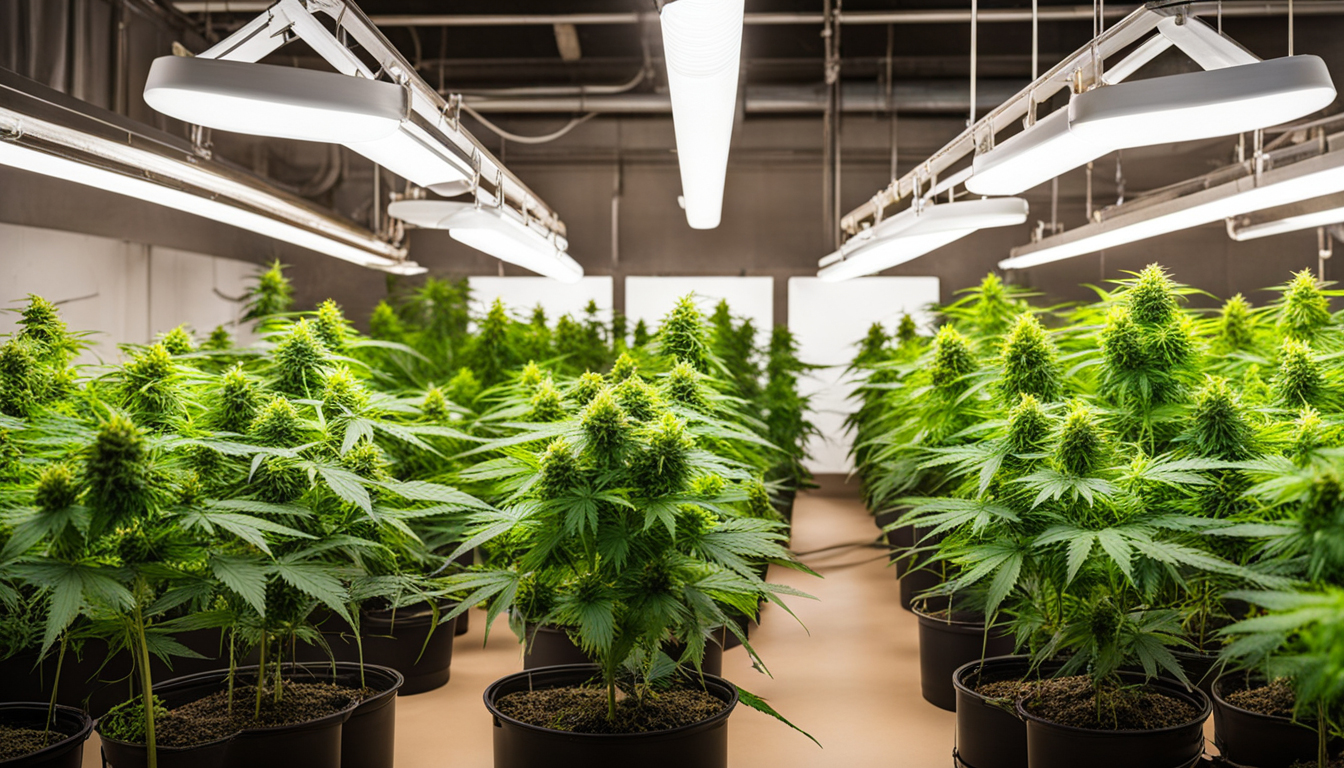
Whether you're new to marijuana production or looking to improve your existing grow, following this complete guide will help you produce big, high-quality yields right at home. With the right gear, strategies, and attention, growing cannabis indoors can be an extremely satisfying and cost-effective endeavor.
Choosing Pot Varieties
The first step in planning your indoor grow is selecting the right marijuana cultivars to cultivate. The three main types of weed plants each have their own traits.
Energizing strains
Known for their uplifting cerebral effects, sativas grow tall and slender with narrow leaves. They thrive in hotter tropical climates and have a longer flowering time between 10-12 weeks indoors. Top energizing varieties include Sour Diesel, Durban Poison, and Jack Herer.
Relaxing strains
These strains provide calming body-focused effects and spread short and bushy with broad leaves. Adapted to cooler mountain climates, they flower faster within 8-9 weeks. Popular indica strains include Northern Lights, Bubba Kush, and Bubba Kush.
Mixed strains
Mixed strains blend traits from both sativas and indicas. They offer combined effects and have moderate flowering periods around 9-10 weeks. Well-known hybrids are OG Kush, Girl Scout Cookies, and Blue Dream.

Setting Up Your Cultivation Space
Marijuana plants need the right controlled environment to thrive. Key factors for indoor farms are lighting, ventilation, layout, and finding the ideal discreet location.
Location
Choose an empty space with quick access to water and electrical outlets. An empty spare room, large closet, basement corner, or grow tent tucked away in a garage all make great stealthy grow room spots.
Lighting
Pot requires powerful light for all vegetative stages. LEDs are energy-efficient and come in full spectrum options mimicking natural outdoor light. Provide 250-400 watts per sq. ft for the growth stage and 20-40 watts per square foot for bloom.
Airflow
Proper airflow and exhaust systems keep ideal temp, moisture, and pure CO2 levels. Set up quiet 4-6 inch blowers or scrubbers to circulate old air and reduce smells.
Layout
Maximize your space by positioning plants strategically under the lamps and allowing room to access and work around them. Set up separate zones for vegetation, bloom, drying, and cloning.

Cultivation Substrates
Cannabis can be cultivated in different substrates, each with pros and cons. Pick a proper option for your specific setup and cultivation style.
Soil
The traditional substrate, soil is cheap and simple for beginners. It provides excellent flavor but needs more watering and nutrients to nourish plants. Enrich soil with perlite or coco to enhance drainage.
Coconut coir
Made from coconut husks, renewable coconut fiber retains water but still lets in air to the roots. It's cleaner and more consistent than soil. Use coco-specific nutrients to avoid accumulation.
Hydroponics
In water systems, plant roots grow right in nutrient irrigation solution. This allows rapid development but needs close observation of solution chemistry. DWC and drip systems are common methods.
Germinating Seeds
Sprouting activates your weed seeds to begin growing radicles. This prepares them for transplanting into their growing medium.
Paper Towel Method
Put seeds between damp paper towel and maintain them moist. Inspect after a week for emerging radicles indicating sprouting is complete.
Planting directly
Plant seeds right into wetted growing medium 6mm deep. Gently water and wait 1-2 weeks until seedlings break through the surface.
Rockwool Cubes
Soak cubic rockwool starters in balanced water. Insert seeds 1⁄4 inch deep into the cubes. Keep cubes wet until sprouts emerge within 1-14 days.
Repotting Young plants
Once sprouted, cannabis seedlings need to be repotted to prevent overcrowding. Move them into appropriately sized containers.
Ready Containers
Fill final pots with cultivation medium enriched with time-released nutrients. Allow containers to soak up water for 8-12 hours before repotting.
Carefully Transplanting
Gently separate young roots from sprouting medium using a spade. Put into prepared container at equal depth as before and gently water in.
Vegetative Stage
The vegetative stage encourages foliage and plant structure through 18-24 hours of daily Watch Now light exposure. This stage usually lasts 1-2 months.
Using 3/4 to full day of Lighting
Use lamps on a 24 daily schedule or natural sunlight to trigger constant photosynthesis. Light output influences height and node distance.
Nutrients
Use grow stage fertilizers richer in N. Make sure pH stays around 6.5 for proper nutrient absorption. Feed 1⁄4 to 1⁄2 concentration after 14 days and strengthen slowly.
LST and topping
Fimming, LST, and scrogging manipulate growth shapes for flat foliage. This boosts yields.

Flowering Stage
The flowering stage grows buds as plants reveal their sex under a 12 hour cycle timing. It lasts 8-12 weeks depending on variety.
Switching to 12/12
Change lamps to 12 hours on, 12 hours off or move outside for outdoor 12/12 timing. This signals plants to begin blooming.
Flushing
Flushing removes fertilizer residuals to enhance taste. Fertilize lightly the first period then just use plain water the final 2 weeks.
Flushing
Maintain 12 hour photoperiod but leach using neutral pH water only. Resume clean watering if buds aren't yet mature after two weeks.
Harvesting
Recognizing when marijuana is fully ripe ensures peak potency and aroma. Harvest plants at optimal ripeness.
Identifying Ripeness
Look for fading pistils, swelling calyxes, and 10-15% amber trichomes. Inspect buds around the plant as they don't all mature evenly.
Harvesting plants
Use clean, sharp trimming scissors to gently cut each plant at the base. Leave 5-10cm of stalk attached.
Drying
Suspend whole plants or branches inverted in a dark room with average temp and humidity around 45-65% for 1-2 weeks.
Curing
Aging keeps drying while improving the buds like fine wine. This process mellows harshness and intensifies cannabinoid contents.
Curing containers
Trim cured buds from stems and store into sealed containers, filling about 3⁄4 full. Use a sensor to measure container humidity.
Opening jars daily
Open jars for a short time daily to slowly reduce humidity. Rehydrate buds if humidity drops below 55%.
Long term storage
After 14-21 days when humidity levels off around 55-65%, do a last trim and keep long-term in airtight jars.
Common Problems and Solutions
Even seasoned growers run into various pot plant problems. Detect issues soon and address them correctly to maintain a strong garden.
Nutrient Deficiencies
Chlorosis often indicate inadequate nitrogen. Purpling stems and leaves signal phosphorus deficiency. Check pH and Watch Now boost fertilizers gradually.
Bugs
Thrips, aphids, fungus gnats, thrips, and nematodes are common pot pests. Use neem oil sprays, predator bugs, and sticky traps for organic control.
Mold
Excessive humidity encourages botrytis and bud rot. Increase airflow and circulation while reducing humidity under 50% during flowering.

Summary
With this complete indoor pot cultivation guide, you now have the knowledge to cultivate bountiful potent buds for personal harvests. Apply these techniques and methods throughout the seed starting, growth, and bloom stages. Invest in quality Request More Info equipment and closely check on your plants. In time, you'll be compensated with frosty aromatic buds you grew yourself under the patient guidance of your green hands. Good luck cultivating!